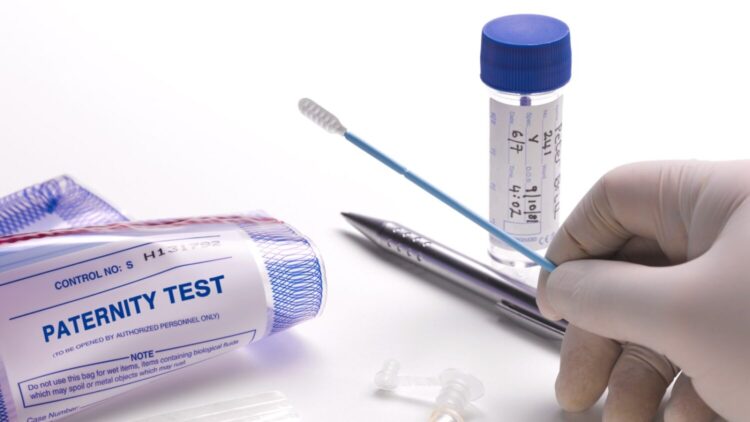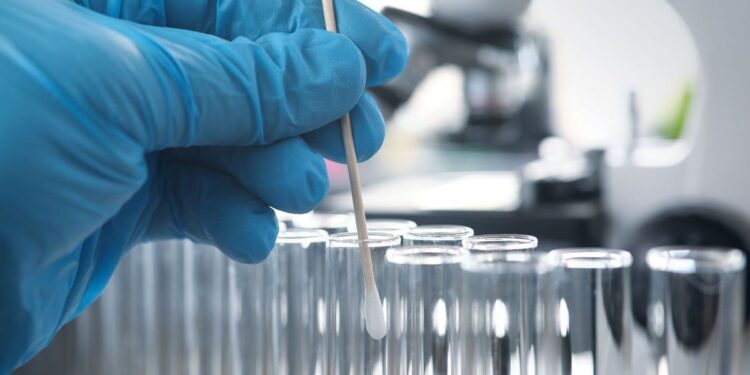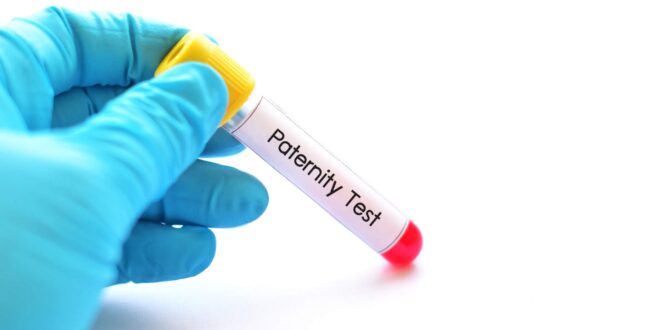Paternity testing, also known as DNA testing, is a scientific method used to determine whether an individual is the biological father of a child. The process relies on analyzing specific regions of the genetic material to compare the profiles of the alleged father, the child, and, in some cases, the mother. The most common method used in paternity testing is called short tandem repeat (STR) analysis, which examines specific repeating sequences of DNA.
The laboratory technicians extract DNA from samples, such as cheek swabs or blood, and then amplify and analyze the target regions to identify genetic similarities or differences. By comparing the patterns of inherited DNA markers between the alleged father and child, a statistical probability of paternity can be calculated.
Types of Paternity Tests
There are various types of tests available, depending on the circumstances and the information required. The most commonly used paternity test is the standard DNA paternity test, which analyzes the genetic markers of the alleged father, child, and, if available, the mother. This test offers a high level of accuracy, typically providing a probability of paternity of 99% or higher.
In situations where the alleged father is deceased or unavailable, a postmortem paternity test can be conducted using stored DNA samples or obtaining DNA from close relatives. In cases where prenatal paternity testing is desired, a non-invasive prenatal paternity test can be performed using a blood sample from the mother and a cheek swab from the alleged father.
Who Can Request a Paternity Test?

The test can be requested by various individuals involved in a potential paternity dispute. Typically, the individuals who seek paternity testing include mothers, alleged fathers, and legal guardians. In some cases, the child may also request a paternity test to obtain clarity about their biological parentage. Additionally, legal entities such as courts, government agencies, or immigration offices may require paternity tests to establish parentage for legal and administrative purposes.
It’s essential to note that paternity tests should be conducted with the informed consent of all parties involved, and the legal rights and privacy of individuals should be respected throughout the process.
Reasons for Seeking Paternity Testing
There are numerous reasons why individuals may seek paternity testing. In personal relationships, doubts about biological parentage can lead to emotional strain and the need for clarity. It can provide closure and establish a biological connection, contributing to the overall well-being of the child and the family. In legal contexts, paternity testing plays a crucial role in determining child support, inheritance rights, and custody arrangements.
It can also be significant in immigration cases where proof of a biological relationship is required for visa or citizenship applications. Additionally, medical reasons, such as identifying genetic disorders or establishing compatibility for organ transplantation, may necessitate paternity testing.
Legal Considerations

Paternity testing has legal implications that should be carefully considered. In most jurisdictions, paternity tests require the informed consent of all parties involved, including the alleged father, mother, and child if they are of legal age. The process must adhere to specific guidelines and ethical principles to ensure fairness and protect the privacy of the individuals.
Moreover, depending on the jurisdiction, paternity testing may have time limitations, and legal action must be taken within a specified period. It is crucial to consult with legal professionals to understand the laws and regulations regarding paternity testing in the relevant jurisdiction to navigate the process effectively and address any potential legal ramifications.
Accuracy of Paternity Tests
Paternity tests are highly accurate, with a probability of paternity usually exceeding 99%. However, it is important to note that the accuracy of a paternity test depends on various factors, such as the quality of the samples, laboratory proficiency, and the number and informativeness of genetic markers analyzed. Standard DNA paternity tests, which compare multiple genetic markers, offer the highest accuracy rates.
It is also crucial to ensure the proper collection and handling of samples to prevent contamination or degradation, which could affect the reliability of the results. When performed by accredited laboratories using validated methods and appropriate quality control measures, paternity tests provide reliable and conclusive results.
Methods and Procedures

Paternity testing employs various methods and procedures to analyze DNA samples accurately. As mentioned earlier, the most common method is short tandem repeat (STR) analysis. This method examines specific regions of DNA that contain repeating sequences. By comparing the lengths of these repeating units between the alleged father and child, a determination of paternity can be made.
Another method, known as single nucleotide polymorphism (SNP) analysis, looks at single-letter changes in the DNA sequence. SNP analysis can provide valuable information when the alleged father is not available, as it can compare the child’s DNA to a database of known genetic markers. Additionally, next-generation sequencing (NGS) techniques are emerging as a powerful tool for paternity testing, enabling the analysis of large amounts of DNA data efficiently.
How to Prepare for a Paternity Test
Preparing for a paternity test involves a few important steps to ensure accurate and reliable results. First and foremost, it is crucial to choose a reputable and accredited laboratory that adheres to strict quality control standards. Next, individuals should follow the specific instructions provided by the laboratory regarding sample collection.
Typically, cheek swabs are used to obtain DNA samples, and it is important to avoid eating, drinking, or smoking for at least an hour before sample collection to prevent contamination. The samples should be collected carefully, following the instructions provided, and promptly sent to the laboratory for analysis. It is essential to communicate openly with the laboratory and provide any relevant information or documentation required to facilitate the testing process.
Summary
Overall, paternity testing can be a complicated process with many considerations. Knowing what to expect before taking the test is essential for understanding and preparing for any results that may arise. We hope that this article has helped demystify the concept of paternity testing by addressing some common questions and providing insight into potential outcomes. It is important for those considering paternity tests to consult their healthcare provider or legal counsel so they can make informed decisions about their situation.
 Hi Boox Popular Magazine 2024
Hi Boox Popular Magazine 2024



